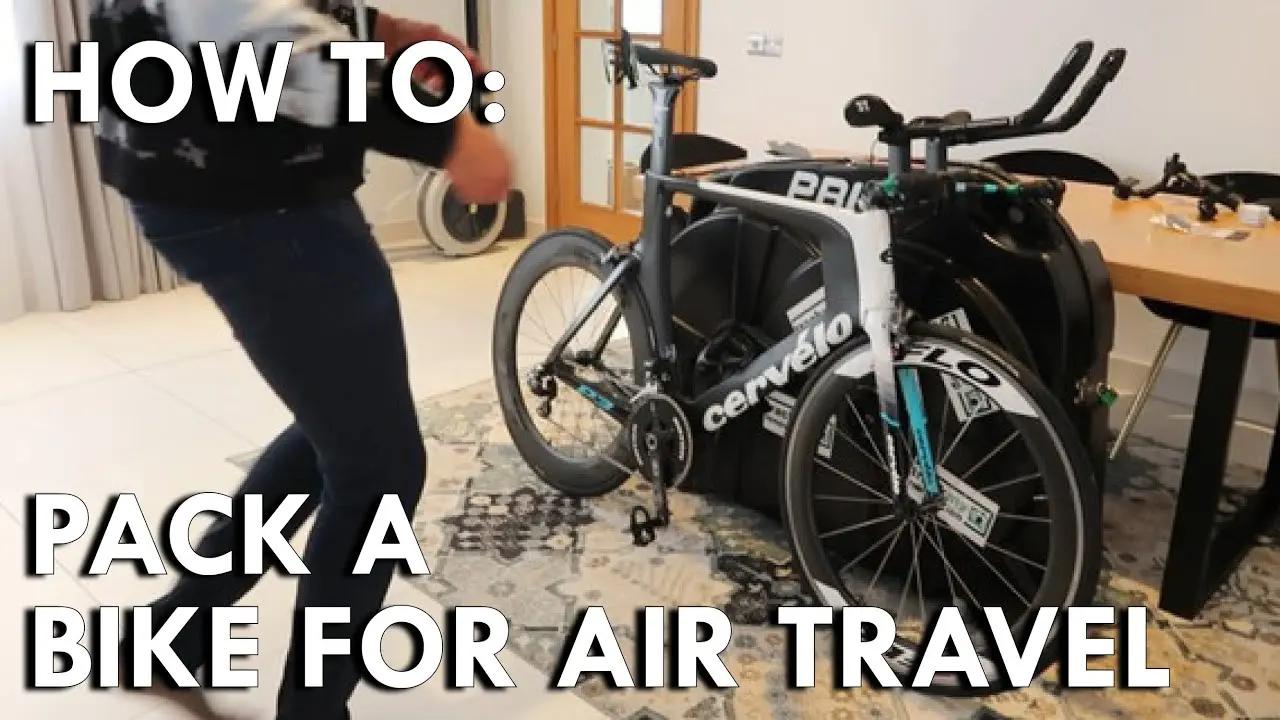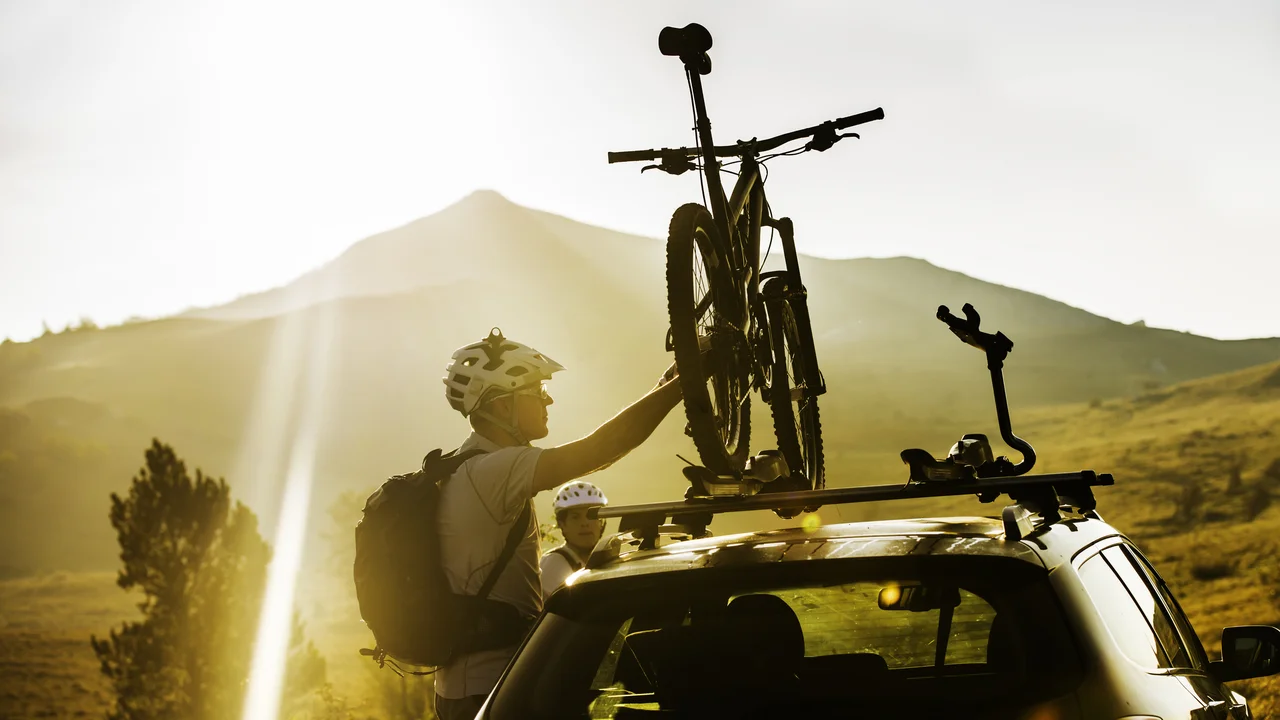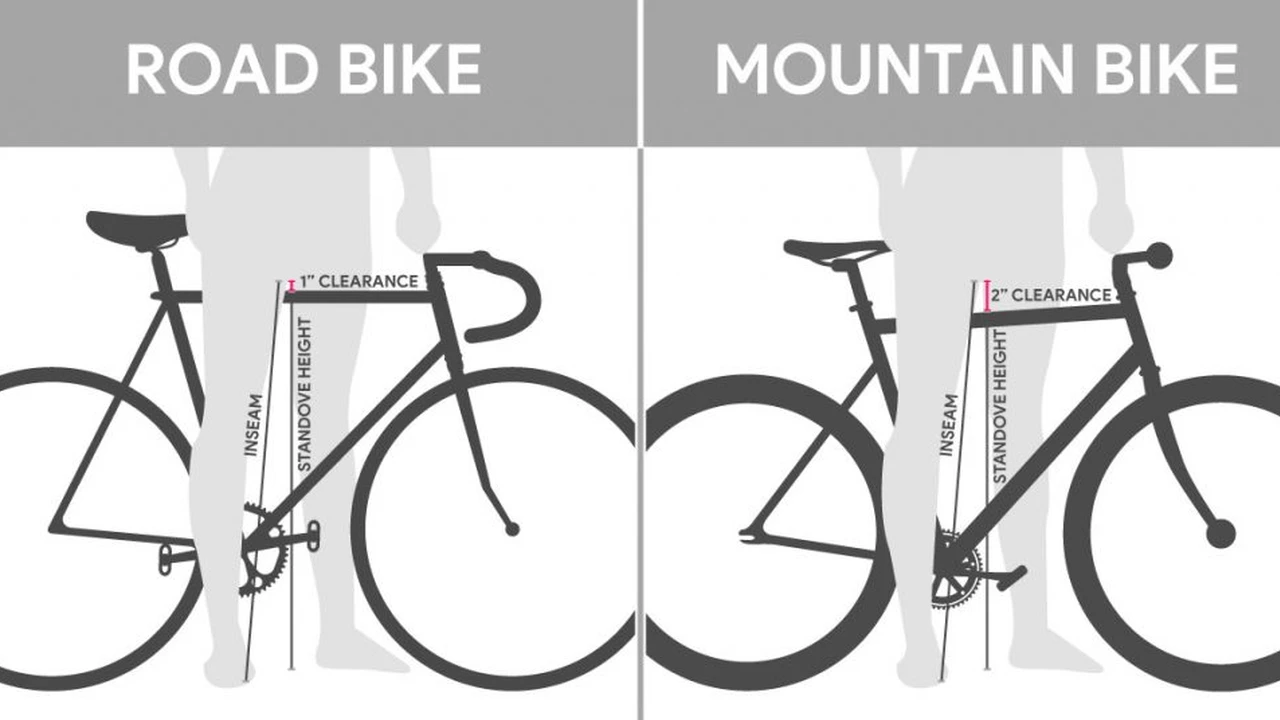7 Must-Have Apps for Road Cycling Travel
Cycling apps have revolutionized how we experience road cycling travel, transforming our smartphones into powerful tools for navigation, performance tracking, and safety. Whether you're planning a challenging mountain ascent or a leisurely ride through scenic countryside, the right apps can enhance your journey. This guide explores seven essential apps for road cycling travel, complete with specific product recommendations, usage scenarios, comparisons, and pricing, helping you make informed decisions and optimize your cycling adventures.

So, you're planning a road cycling trip? Awesome! But before you hit the road, let's talk about some digital companions that can seriously level up your experience. Forget relying solely on paper maps and guesswork. These apps are designed to make your cycling life easier, safer, and a whole lot more fun. Let's dive into the must-haves.
Navigation and Route Planning: Finding Your Way with Cycling Apps
First things first: getting from point A to point B. You need a reliable navigation app that understands the nuances of cycling routes. Forget about car-centric directions that lead you down busy highways. We're talking dedicated cycling paths, elevation profiles, and real-time traffic updates. Here are a couple of contenders:
Komoot: The All-in-One Cycling Route Planner
Komoot is a powerhouse for route planning and navigation, especially if you're venturing into unfamiliar territory. It allows you to discover, plan, and share cycling tours. What sets it apart is its focus on cycling-specific data. You can specify your bike type (road, mountain, gravel), and Komoot will tailor the route accordingly, considering surface type, elevation, and popularity among other cyclists.
Usage Scenario: Imagine you're planning a multi-day cycling tour through the Italian Dolomites. With Komoot, you can input your starting point, destination, and preferred daily distance. The app will then suggest a route that takes you along scenic roads with manageable climbs, highlighting points of interest like charming villages and stunning viewpoints. You can even download the route for offline use, ensuring you stay on track even without a data connection.
Product Recommendation: Komoot offers a free version with limited regions. For unlimited offline maps and advanced features, consider the Premium subscription, which costs around $59.99 per year. The single region packages are also available for $3.99.
Ride with GPS: For the Serious Cyclist
Ride with GPS is another excellent option, favored by serious cyclists for its detailed mapping and powerful analysis tools. It allows you to create custom routes, import GPX files, and track your performance metrics. The app's mapping interface is incredibly detailed, showing you everything from road surface to elevation changes.
Usage Scenario: Let's say you're training for a cycling race and need to create a specific training route with designated intervals and climbs. Ride with GPS allows you to meticulously plan your route, mark key points, and even simulate the elevation profile to prepare for the challenge. You can also use the app to analyze your performance data after each ride, tracking your speed, cadence, and power output.
Product Recommendation: Ride with GPS offers a free basic plan. The Basic plan is free. For advanced features like offline maps and turn-by-turn navigation, consider the Premium subscription, which costs around $6 per month or $50 per year. They also offer a cheaper option at $8/month or $80/year.
Komoot vs. Ride with GPS: Which Navigation App is Right for You?
Both Komoot and Ride with GPS are fantastic navigation apps, but they cater to slightly different needs. Komoot is more user-friendly and ideal for recreational cyclists who want to discover new routes and explore unfamiliar areas. Ride with GPS is more geared towards serious cyclists who need detailed mapping and performance analysis tools.
Price Comparison: Komoot's Premium subscription is slightly more expensive than Ride with GPS Premium, but it offers unlimited offline maps and other advanced features. Ride with GPS is a better option if you're primarily interested in detailed mapping and performance analysis.
Performance Tracking: Monitoring Your Progress with Cycling Apps
Want to know how fast you're going, how far you've ridden, and how many calories you've burned? Performance tracking apps are your best friend. These apps use your phone's GPS to record your rides and provide you with valuable data that can help you improve your fitness and track your progress. Here are a couple of top contenders:
Strava: The Social Network for Athletes
Strava is arguably the most popular performance tracking app among cyclists. It allows you to record your rides, track your performance metrics, and share your achievements with friends. What sets Strava apart is its social networking aspect. You can follow other cyclists, join clubs, and compete on segments (sections of road where riders compete for the fastest time).
Usage Scenario: Imagine you're riding a challenging climb and want to see how you stack up against other cyclists. Strava will automatically detect the segment and compare your time to the leaderboard. If you set a personal best or even take the crown (KOM/QOM), you'll get bragging rights and recognition from the Strava community. You can also use Strava to track your weekly mileage, elevation gain, and overall fitness level.
Product Recommendation: Strava offers a free version with basic tracking features. For advanced features like live segments, route planning, and training analysis, consider the Strava subscription, which costs around $11.99 per month or $79.99 per year.
Wahoo Fitness: A Versatile Cycling App
Wahoo Fitness is another excellent option for performance tracking, especially if you use Wahoo cycling computers or sensors. The app seamlessly integrates with Wahoo devices, allowing you to monitor your heart rate, cadence, and power output. It also supports Bluetooth and ANT+ sensors from other brands.
Usage Scenario: Let's say you're training with a power meter and want to track your wattage output during a ride. Wahoo Fitness will display your power data in real-time, allowing you to monitor your effort level and stay within your target zones. You can also use the app to analyze your power data after the ride, identifying areas where you can improve your technique and efficiency.
Product Recommendation: Wahoo Fitness is a free app. For advanced features, you'll need to purchase Wahoo cycling computers or sensors, which range in price from $79.99 for a heart rate monitor to $379.99 for a cycling computer.
Strava vs. Wahoo Fitness: Which Performance Tracking App is Right for You?
Strava and Wahoo Fitness are both excellent performance tracking apps, but they cater to slightly different needs. Strava is more social and ideal for cyclists who want to connect with other riders and compete on segments. Wahoo Fitness is more versatile and geared towards cyclists who use Wahoo devices or sensors.
Price Comparison: Strava's subscription is more expensive than Wahoo Fitness (which is free), but it offers a wider range of features, including live segments and route planning. Wahoo Fitness is a better option if you're primarily interested in tracking your performance data and using Wahoo devices.
Safety and Emergency: Staying Safe on the Road with Cycling Apps
Safety should always be a top priority when road cycling. Fortunately, there are several apps that can help you stay safe on the road, providing features like crash detection, emergency alerts, and real-time tracking. Here are a couple of essential safety apps:
Road ID: Your Digital Identification Tag
Road ID is a digital identification tag that stores your personal information, medical conditions, and emergency contacts. In case of an accident, first responders can access your information via your phone's lock screen or through the Road ID app, ensuring you receive the appropriate medical care.
Usage Scenario: Imagine you're involved in a cycling accident and are unable to communicate. First responders can use the Road ID app to access your medical information, learn about any allergies or conditions you may have, and contact your emergency contacts. This can be crucial in ensuring you receive the right treatment and that your loved ones are notified.
Product Recommendation: Road ID offers a free app with basic features. For advanced features like crash detection and real-time tracking, consider the Road ID Elite subscription, which costs around $4.99 per month or $49.99 per year. They also offer physical ID bracelets and tags.
Garmin Connect: Integrated Safety Features
If you use a Garmin cycling computer, you can leverage Garmin Connect for integrated safety features. The app offers incident detection, which automatically sends an alert to your emergency contacts if it detects a crash. It also allows you to share your real-time location with friends and family, so they can track your progress and ensure you're safe.
Usage Scenario: Let's say you're riding alone in a remote area and have a fall. Garmin Connect's incident detection feature will automatically send an alert to your emergency contacts, notifying them of your location and the potential accident. This can be life-saving in situations where you're unable to call for help.
Product Recommendation: Garmin Connect is a free app for Garmin device users. You'll need to purchase a compatible Garmin cycling computer, which ranges in price from $199.99 to $799.99.
Road ID vs. Garmin Connect: Which Safety App is Right for You?
Road ID and Garmin Connect both offer valuable safety features, but they cater to slightly different needs. Road ID is a standalone app that can be used with any cycling computer or smartphone. Garmin Connect is integrated with Garmin devices and offers additional features like real-time tracking.
Price Comparison: Road ID's Elite subscription is relatively affordable, while Garmin Connect is free for Garmin device users. If you already own a Garmin cycling computer, Garmin Connect is a great option. If you're looking for a standalone safety app that works with any device, Road ID is a good choice.
Weather and Radar: Staying Ahead of the Storm with Cycling Apps
The weather can change quickly, especially when you're out on a long ride. Weather apps can help you stay ahead of the storm, providing real-time updates, forecasts, and radar imagery. Here are a couple of reliable weather apps for cyclists:
AccuWeather: Detailed Weather Forecasts
AccuWeather is a popular weather app that provides detailed forecasts, including hourly, daily, and extended outlooks. It also offers real-time radar imagery, allowing you to track approaching storms and plan your route accordingly.
Usage Scenario: Imagine you're planning a long ride and want to avoid getting caught in the rain. AccuWeather can provide you with hourly forecasts, showing you the probability of precipitation and the expected rainfall amount. You can also use the app's radar imagery to track the movement of storm cells and adjust your route to stay dry.
Product Recommendation: AccuWeather is a free app with ads. For an ad-free experience and advanced features, consider the AccuWeather Premium subscription, which costs around $3.99 per month or $19.99 per year.
Weather Underground: Crowdsourced Weather Data
Weather Underground is another excellent weather app that relies on crowdsourced data from a network of weather stations. This provides you with hyperlocal forecasts and real-time conditions. The app also offers interactive radar maps, allowing you to zoom in and see detailed weather patterns in your area.
Usage Scenario: Let's say you're riding in a mountainous area where weather conditions can vary significantly over short distances. Weather Underground's crowdsourced data can provide you with hyperlocal forecasts, showing you the specific conditions in each valley or mountain pass. This can help you make informed decisions about your route and avoid unexpected weather hazards.
Product Recommendation: Weather Underground is a free app with ads. For an ad-free experience and advanced features, consider the Weather Underground Premium subscription, which costs around $3.99 per month or $19.99 per year.
AccuWeather vs. Weather Underground: Which Weather App is Right for You?
AccuWeather and Weather Underground are both reliable weather apps, but they cater to slightly different needs. AccuWeather provides detailed forecasts and radar imagery, while Weather Underground relies on crowdsourced data for hyperlocal conditions.
Price Comparison: Both apps offer free versions with ads and premium subscriptions for an ad-free experience. Weather Underground's crowdsourced data can be particularly useful in areas with varying weather conditions.
Bike Maintenance and Repair: Keeping Your Bike in Top Shape with Cycling Apps
Keeping your bike in top shape is essential for a safe and enjoyable cycling experience. Bike maintenance apps can provide you with step-by-step instructions, videos, and checklists to help you perform basic maintenance tasks and troubleshoot common problems. Here are a couple of helpful bike maintenance apps:
Bike Repair: Your Pocket Mechanic
Bike Repair is a comprehensive bike maintenance app that provides detailed instructions and videos for a wide range of repairs and maintenance tasks. The app covers everything from basic tasks like changing a flat tire to more complex procedures like adjusting derailleurs and brakes.
Usage Scenario: Imagine you're out on a ride and get a flat tire. Bike Repair can guide you through the process of changing the tire, providing step-by-step instructions and videos. The app also includes tips for troubleshooting common problems like a stuck chain or a loose brake cable.
Product Recommendation: Bike Repair is a paid app that costs around $4.99. It's a one-time purchase and provides access to all of the app's content.
Park Tool: Official App from a Trusted Brand
Park Tool is a well-known brand in the cycling industry, and their app provides access to their extensive library of repair and maintenance information. The app includes detailed instructions, videos, and diagrams for a wide range of tasks, covering everything from basic tune-ups to advanced repairs.
Usage Scenario: Let's say you're trying to adjust your derailleurs but are unsure of the proper procedure. The Park Tool app can provide you with detailed instructions and diagrams, showing you exactly how to adjust the screws and cables to achieve optimal shifting performance. The app also includes tips for troubleshooting common derailleur problems.
Product Recommendation: The Park Tool app is free to download and provides access to some basic content. For access to the full library of repair and maintenance information, you'll need to purchase a subscription, which costs around $2.99 per month or $24.99 per year.
Bike Repair vs. Park Tool: Which Maintenance App is Right for You?
Bike Repair and Park Tool are both excellent bike maintenance apps, but they cater to slightly different needs. Bike Repair is a one-time purchase and provides access to all of the app's content. Park Tool offers a subscription-based model and provides access to their extensive library of repair and maintenance information.
Price Comparison: Bike Repair is a better option if you prefer a one-time purchase and want access to a wide range of repair and maintenance information. Park Tool is a good choice if you prefer a subscription-based model and want access to the official Park Tool library.
Gear Recommendations: Apps for Finding the Best Cycling Gear
Finding the right gear can significantly impact your cycling experience. Apps can help you research and compare products, read reviews, and find the best deals. Here are a couple of apps for gear recommendations:
Bike Radar: Reviews and Recommendations
Bike Radar is a website and app that provides reviews, news, and recommendations for cycling gear. The app includes detailed reviews of bikes, components, apparel, and accessories, helping you make informed decisions about your purchases.
Usage Scenario: Let's say you're looking for a new pair of cycling shoes. Bike Radar can provide you with detailed reviews of different shoe models, highlighting their strengths and weaknesses. The app also includes comparisons of different shoes, helping you choose the best option for your needs and budget.
Product Recommendation: The Bike Radar app is free to download and use. The website offers more in-depth content and product reviews.
Competitive Cyclist: Online Retailer App
Competitive Cyclist is an online retailer that specializes in high-end cycling gear. Their app allows you to browse their extensive inventory, read product reviews, and make purchases. The app also includes features like wishlists and order tracking.
Usage Scenario: Imagine you're looking for a specific component, like a new Shimano Dura-Ace groupset. The Competitive Cyclist app allows you to quickly search for the product, read customer reviews, and add it to your wishlist. You can also track your order and receive notifications when it ships.
Product Recommendation: The Competitive Cyclist app is free to download and use. You'll need to create an account to make purchases.
Bike Radar vs. Competitive Cyclist: Which Gear App is Right for You?
Bike Radar and Competitive Cyclist cater to different needs. Bike Radar provides reviews and recommendations, while Competitive Cyclist is an online retailer.
Price Comparison: Bike Radar is a better option for researching and comparing products. Competitive Cyclist is a good choice if you're ready to make a purchase and want access to a wide selection of high-end gear.
Local Cycling Groups and Events: Connecting with the Cycling Community
Connecting with the cycling community can enhance your experience and provide you with opportunities to ride with others, learn new routes, and participate in events. Here are a couple of apps for finding local cycling groups and events:
Meetup: Find Cycling Groups
Meetup is a platform for finding and joining local groups based on shared interests. You can use Meetup to find cycling groups in your area, connect with other cyclists, and participate in group rides and events.
Usage Scenario: Let's say you're new to a city and want to find a cycling group to ride with. Meetup allows you to search for cycling groups in your area, view their upcoming events, and join the group. You can then attend group rides, meet other cyclists, and explore new routes.
Product Recommendation: Meetup is a free app to download and use. Some groups may charge a small fee to join.
Facebook Groups: Another way to connect
While not a dedicated cycling app, Facebook is still a great way to connect with local cyclists. Many cycling clubs and groups have Facebook pages or groups that they use to communicate with members, share ride information, and organize events.
Usage Scenario: If you search for "cycling [your city]" on Facebook, you'll likely find several groups dedicated to cycling in your area. Join these groups to stay informed about local rides, events, and cycling-related news. You can also use these groups to ask questions, share your experiences, and connect with other cyclists.
Product Recommendation: Facebook is a free app and platform. You'll need a Facebook account to join groups.
Meetup vs. Facebook Groups: Which App is Right for You?
Meetup and Facebook Groups both offer ways to connect with the cycling community. Meetup is specifically designed for finding and joining local groups, while Facebook Groups is a more general platform.
Price Comparison: Both apps are free to use, but some Meetup groups may charge a small fee to join. Facebook Groups is a good option if you're already active on Facebook. Meetup is a better choice if you're looking for a platform specifically designed for finding and joining local groups.
:max_bytes(150000):strip_icc()/277019-baked-pork-chops-with-cream-of-mushroom-soup-DDMFS-beauty-4x3-BG-7505-5762b731cf30447d9cbbbbbf387beafa.jpg)






